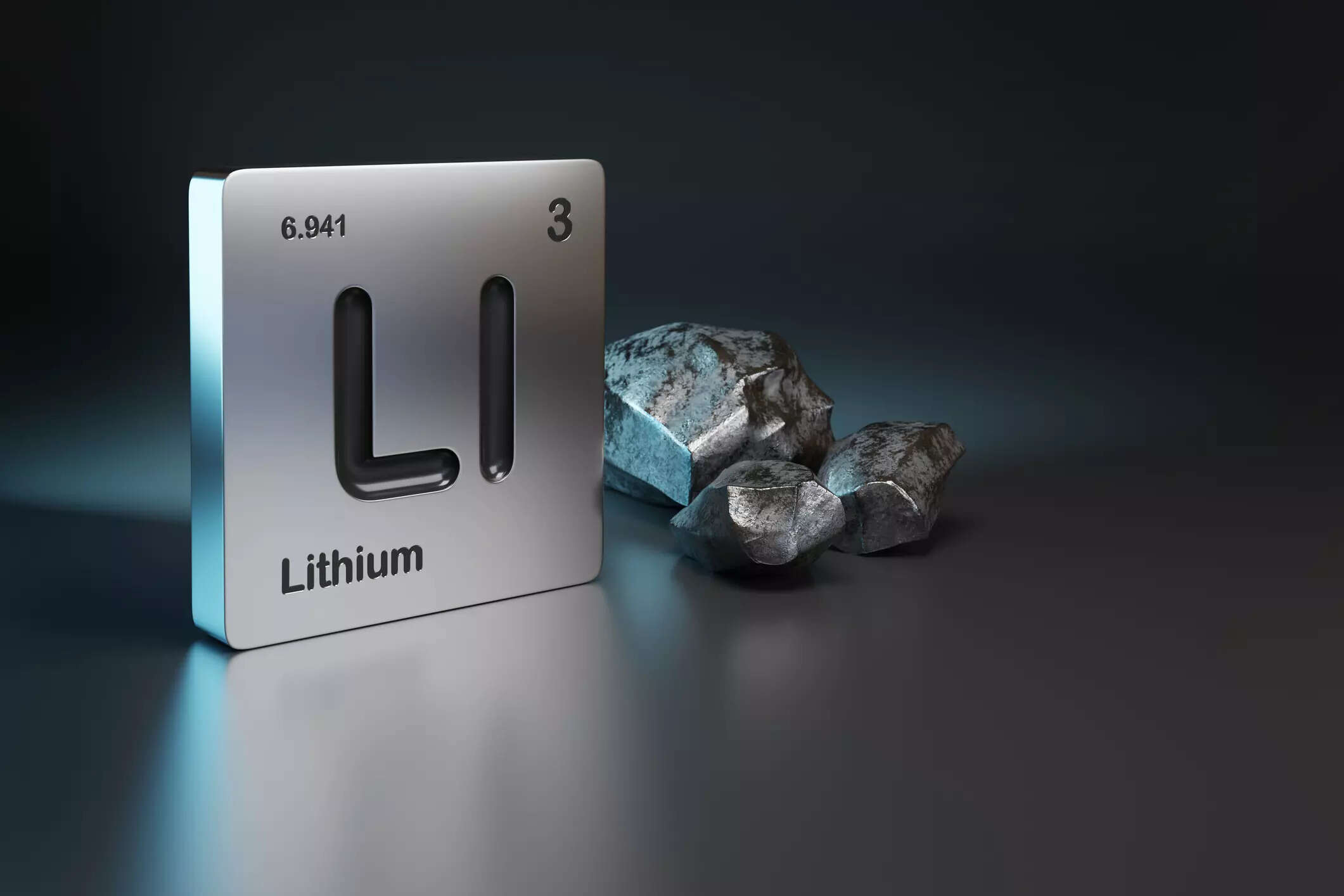
India is proposing to peg the domestic lithium price to the weekly prices of lithium hydroxide monohydrate published by the London Metal Exchange (LME). At present, there is no uniform parameter to assess the value of lithium or rare earth elements (REEs) found in the country.
The move to fix pricing comes after the Geological Survey of India (GSI) conducted exploration and handed over geological reports for blocks of REEs and lithium in the country.
In the absence of a uniform parameter, bidding for these blocks cannot go through as the revenue to states from mining is linked to the average sale price (ASP) of a metal.
“An amendment has now been drafted to the Minerals (Other than Atomic and Hydro Carbons Energy Minerals) Concession Rules, 2016 that suggests how to calculate the price of lithium and rare earth elements extracted in the country,” a senior government official told ET.
For REEs, the Indian Bureau of Mines shall be asked to publish the ASP of rare earth oxide after referring to the basis of prices published by the United States Geological Survey (USGS).
The demand for lithium has surged globally with the push towards decarbonisation and adoption of electric vehicles. REEs are used extensively across electronic devices such as the screens of smartphones, computers and flat panel televisions, among others.
For many sought after elements, the methodology for arriving at the ASP has been specified in the existing Mineral Concession Rules. Settlement price of aluminium, copper, lead, nickel, tin and zinc on the LME is used to fix Indian prices. In respect of gold and silver, the London Bullion Market Association auction price is taken.
In February this year, lithium inferred resources of 5.9 million tonnes in Salal-Haimana area of Reasi district of Jammu & Kashmir were established by the GSI. “Geological reports for some more blocks of REEs have also been prepared and will be handed over to the state governments in due course,” the official added.
According to official estimates, India has 13.07 million tonnes in-situ monazite (containing approximately 55-60% total rare earth elements oxide) resource occurring in the coastal beach placer sands in parts of Kerala, Tamil Nadu, Odisha, Andhra Pradesh, Maharashtra and Gujarat, and in the inland placers in parts of Jharkhand, West Bengal and Tamil Nadu.
Once approved, the pricing methodology will enable state governments to fix the ASP and value of estimated resources (VER) mineral blocks.

